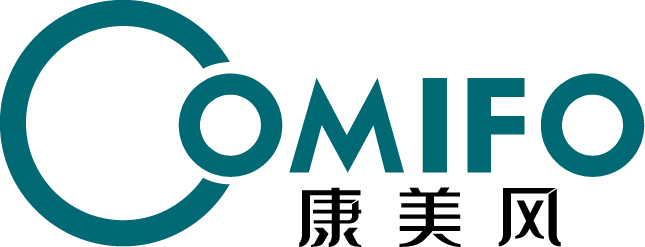Return to list
The Impact of National Energy Policy on the Axial Fan Industry
2025-06-05
⚡ 1. Policy-Driven Growth in Core Areas
-
Large-Scale Wind Power Development
- Installation Target : In 2025, the installed capacity target for onshore and offshore wind power is 115 GW (up 25% and 88% year-on-year, respectively), driving demand for large-scale axial-flow wind turbines, with individual turbine power exceeding 3,150 kW.
- Complementary upgrade The wind turbine tower foundation market has reached a size of 62.9 billion yuan, driving iterative advancements in anti-corrosion and salt-spray-resistant technologies for axial-flow wind turbines (with increasing adoption of titanium alloy blades).
-
Distributed energy integration
- Rural Wind Power "The 'Thousand Villages, Ten Thousand Rural Areas Wind Power Initiative' mandates that individual village projects be capped at ≤20MW, while also promoting the customized development of small- to medium-sized axial-flow wind turbines."
- Smart Grid Adaptation : Policies mandate grid-forming technology upgrades for wind farms, requiring axial-flow turbines to support precise ±2% airflow adjustment.
📜 II. Upgraded Energy Efficiency and Safety Standards
| Policy document | Core Requirements | Industry Impact |
|---|---|---|
| GB 19761-2020 "Energy Efficiency of Ventilation Fans" | EC motor adoption rate reaches 60%, reducing energy consumption by 40%. | Eliminate inefficient asynchronous motor models |
| GB 15930-2024 New Fire Safety Regulations | Smoke exhaust fan rated to withstand temperatures of 280°C for at least 1 hour | 30% of SMEs exit the fire protection market |
| "Dual Carbon" Technology Catalog | Carbon footprint tracking becomes a key export criterion | Carbon fiber impellers see a 30% cost reduction |
💰 III. Fiscal and Financial Support
-
Direct subsidies
- Wind power projects can receive subsidies of up to 50 million yuan, covering 15% of the equipment cost for axial-flow wind turbines.
- The inverter technology upgrade qualifies for a 30% tax credit, helping to boost the penetration rate of EC motors to 60%.
-
Green Finance
- New energy REITs issuance is accelerating, while the financing lease model helps ease financial pressure on companies.
- Policy Bank Prioritizes Loans for Smart Microgrid-Integrated Wind Turbine Projects
⚠️ 4. Policy Constraints and Industry Restructuring
-
Increased entry barriers
- Explosion-proof models are mandatorily required to have static discharge capability (resistance ≤100Ω) and IP65 protection, resulting in a 20% increase in technical investment.
- The fire safety certification testing, conducted at 280°C, cost over 800,000 yuan and led to the elimination of low-end production capacity.
-
International competitive pressure
- The EU's Accele-RES initiative streamlines wind energy permitting processes, requiring exporting companies to adopt digital certification systems.
- Overseas orders grew by 112%, but must meet full lifecycle carbon footprint certification requirements.
🔮 V. Directions for Industry Transformation
- Intelligentization : By 2025, 70% of newly installed wind turbines will integrate IoT monitoring, with AI-based fault diagnosis becoming standard equipment.
- Material Innovation : 316L stainless steel/carbon fiber composite application rate increased to 45%
- Service Extension : Leading manufacturers shift from device sales to "fan + energy management" solutions
Previous post:







